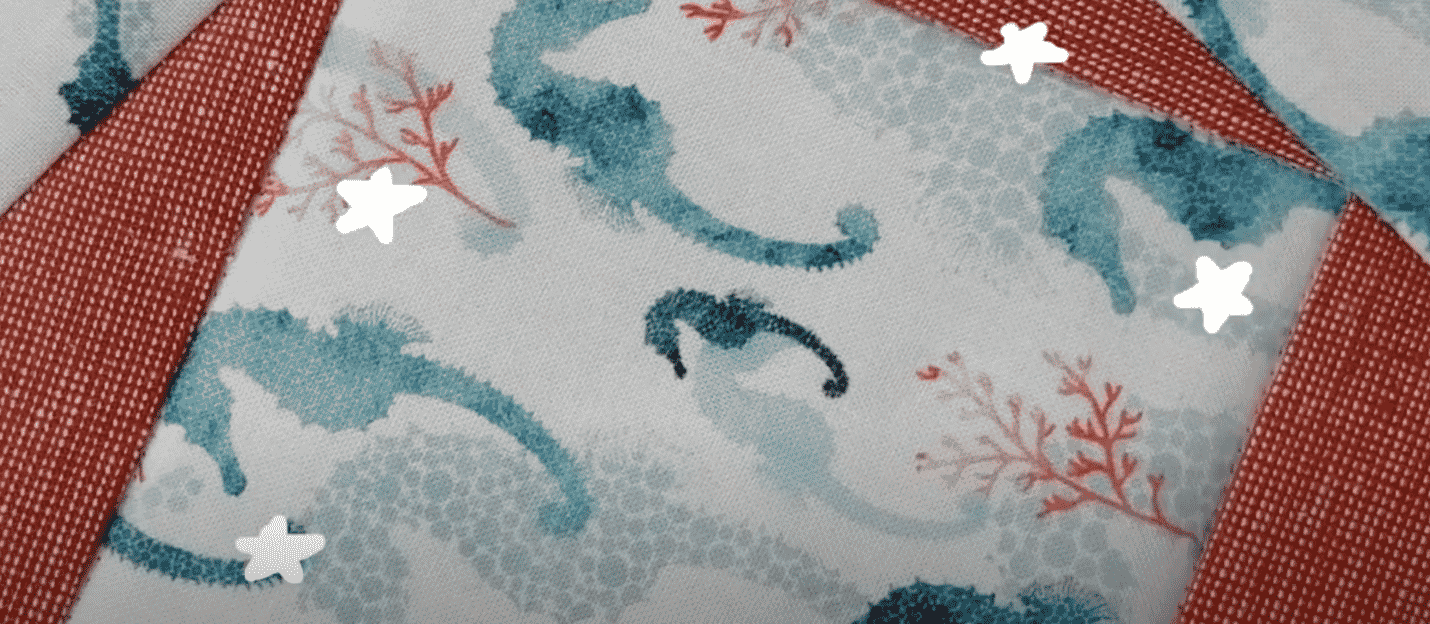Stitch in the ditch is a technique where you sew directly in the fold of a seam to hide your stitching, while securing your quilt block down. This way you don’t see any quilting around that area of the block. If you’re looking to sew stitch in the ditch on your latest quilt or project, we have the best tips on making it look invisible and perfect. Let’s take a closer look!
The first and most important thing to do before you even begin is choosing the right thread. We recommend using InvisaFil, a 100wt cottonized polyester thread that is incredibly fine and hides in the fabric wherever it’s stitched. A basic colour such as grey, or a color that even slightly matches the fabric will be enough for it to hide almost completely. This will ensure your stitching shows as absolutely little as possible, even if you accidentally sew outside the seam.
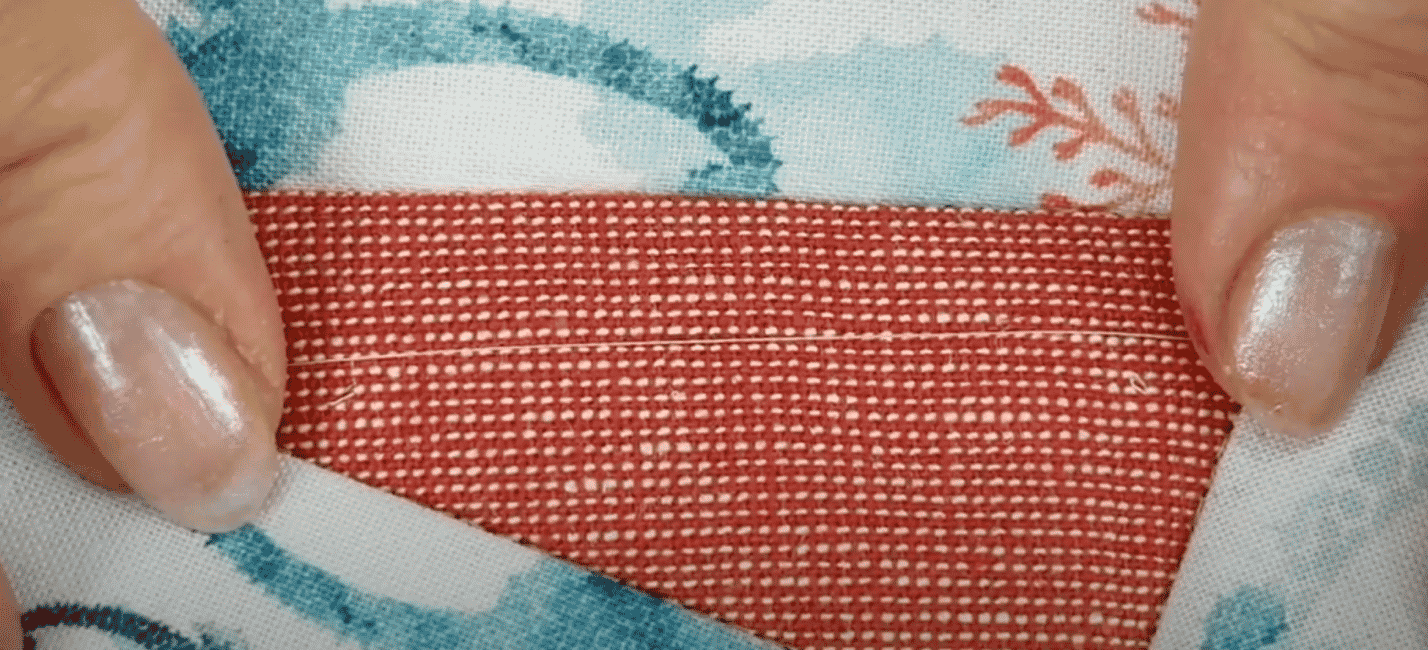
Because this thread is finer, you can choose a 70/10 or 80/12 size needle. This smaller needle will punch a smaller hole in the fabric so that the fine thread won’t be sitting in too large of a hole.
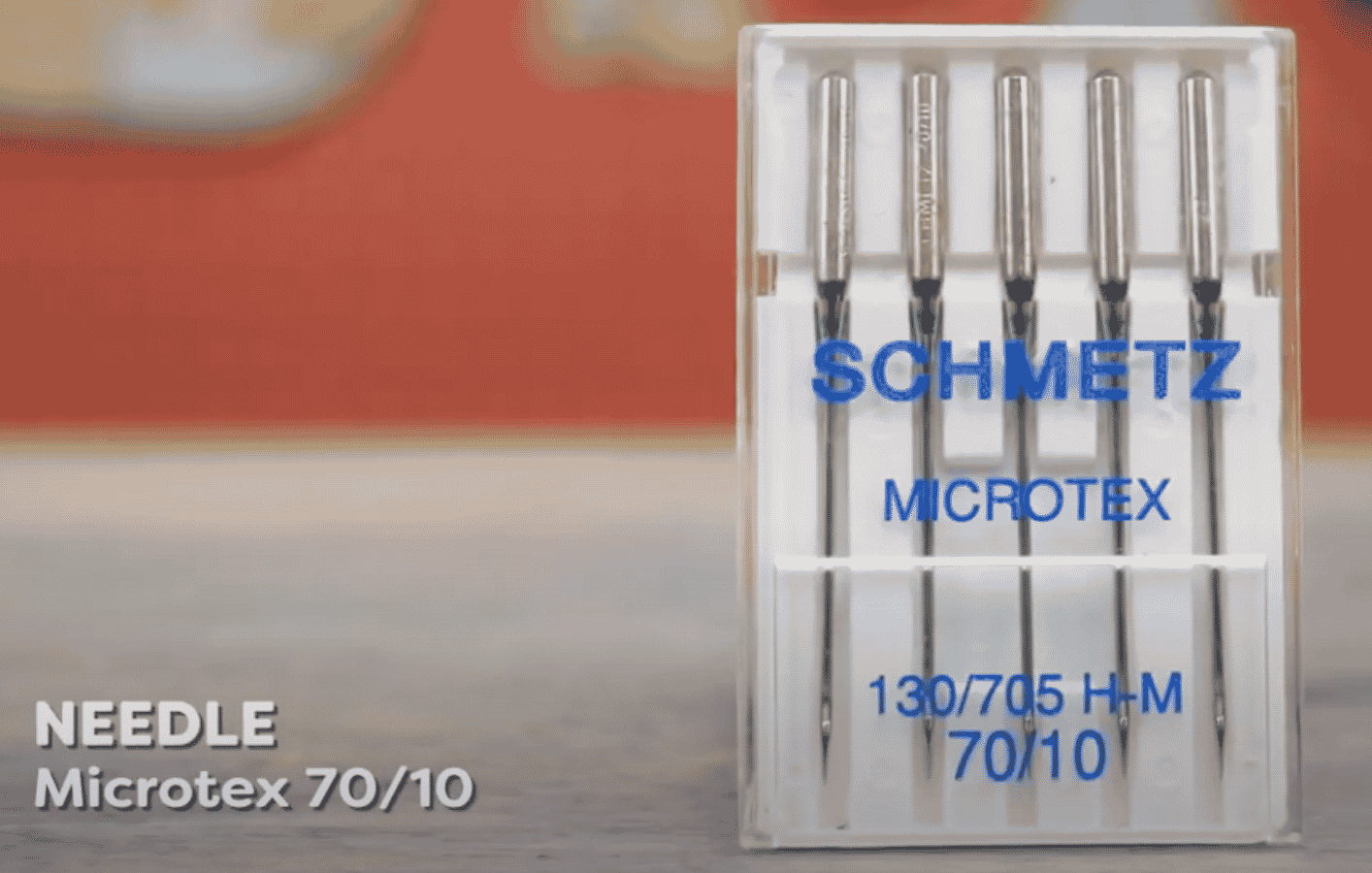
You can use the same thread in the bobbin, or alternatively a similar thread called DecoBob. DecoBob is also a cottonized polyester thread, but it’s marginally thicker at 80wt. This gives your stitching a slightly stronger hold and it also is available as convenient pre-wound bobbins. These pre-wounds will give you a better stitch consistency and even tension.
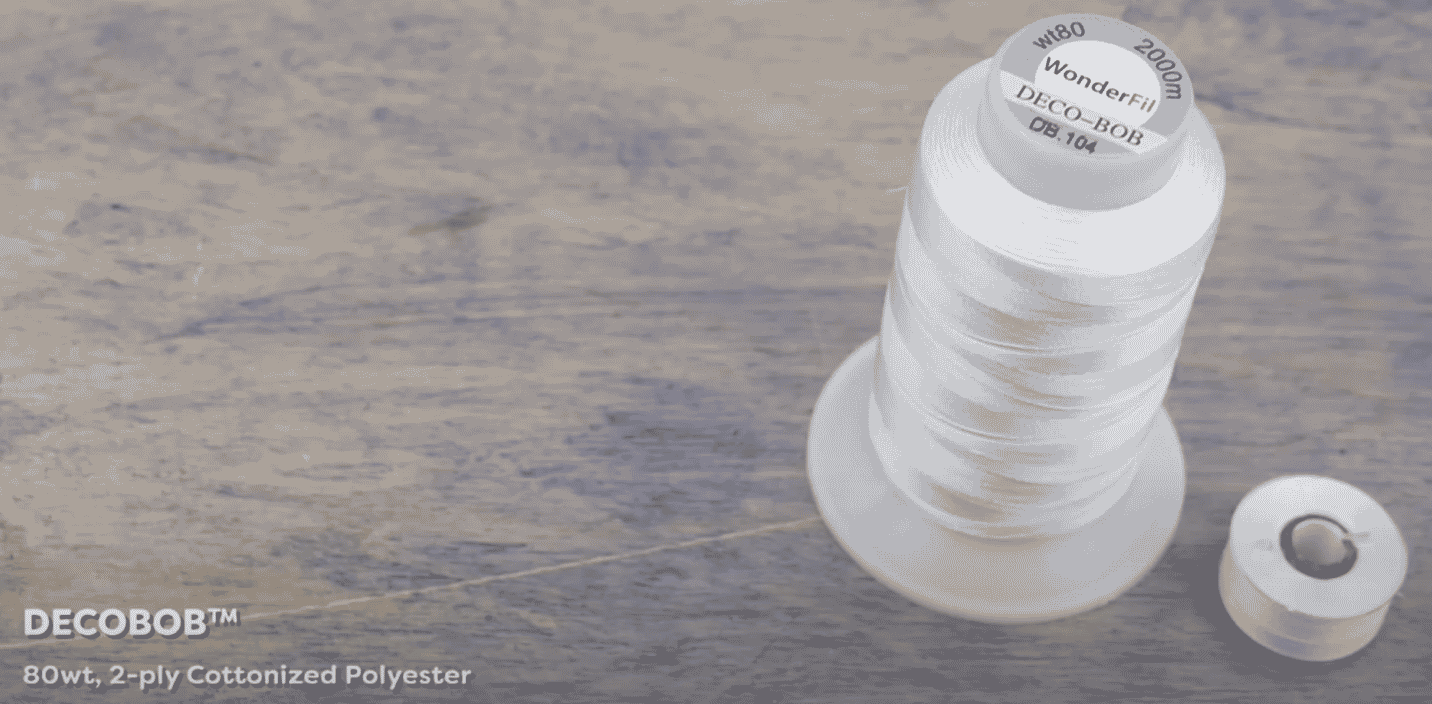
Choose a machine foot that is marks the center needle position. This makes it easier to line up the seam you’ll be stitching into.
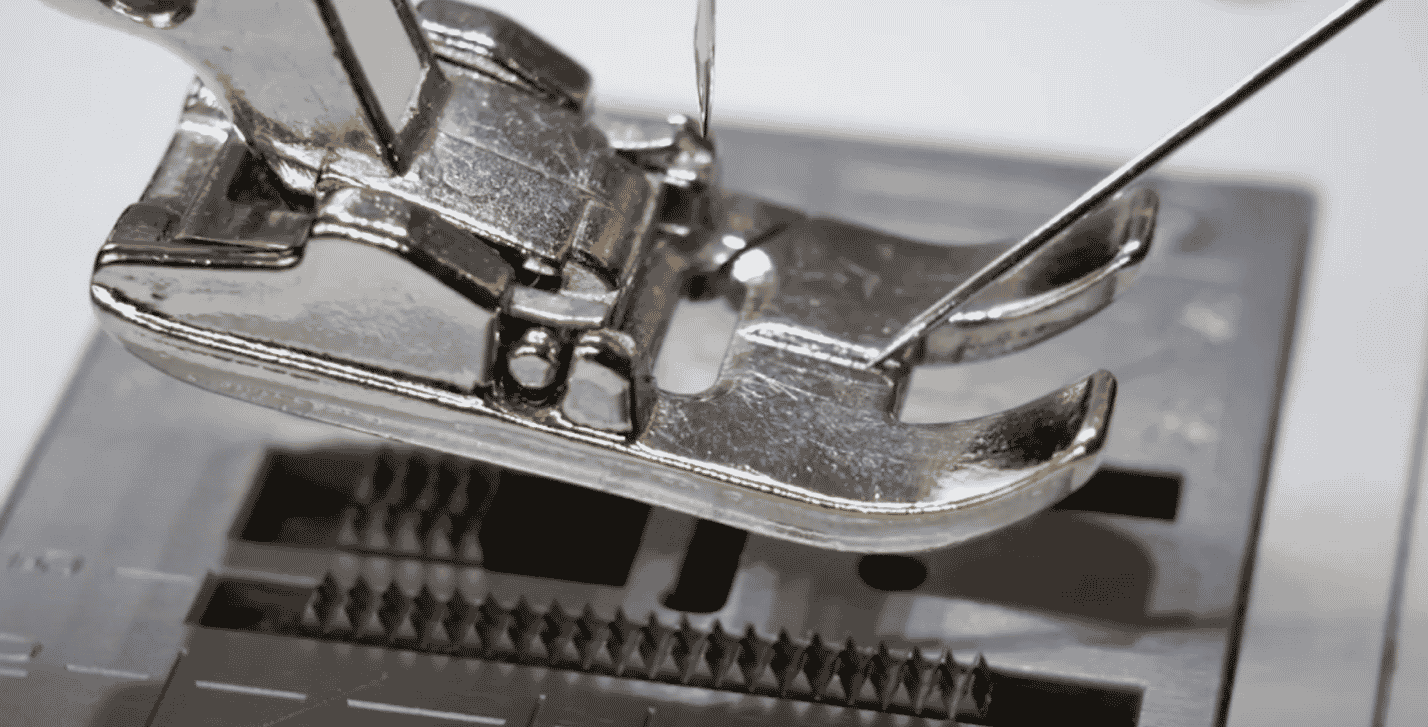
Start from one end of the seam and carefully sew all the way to the end. Don’t forget to back stitch at the beginning and end.
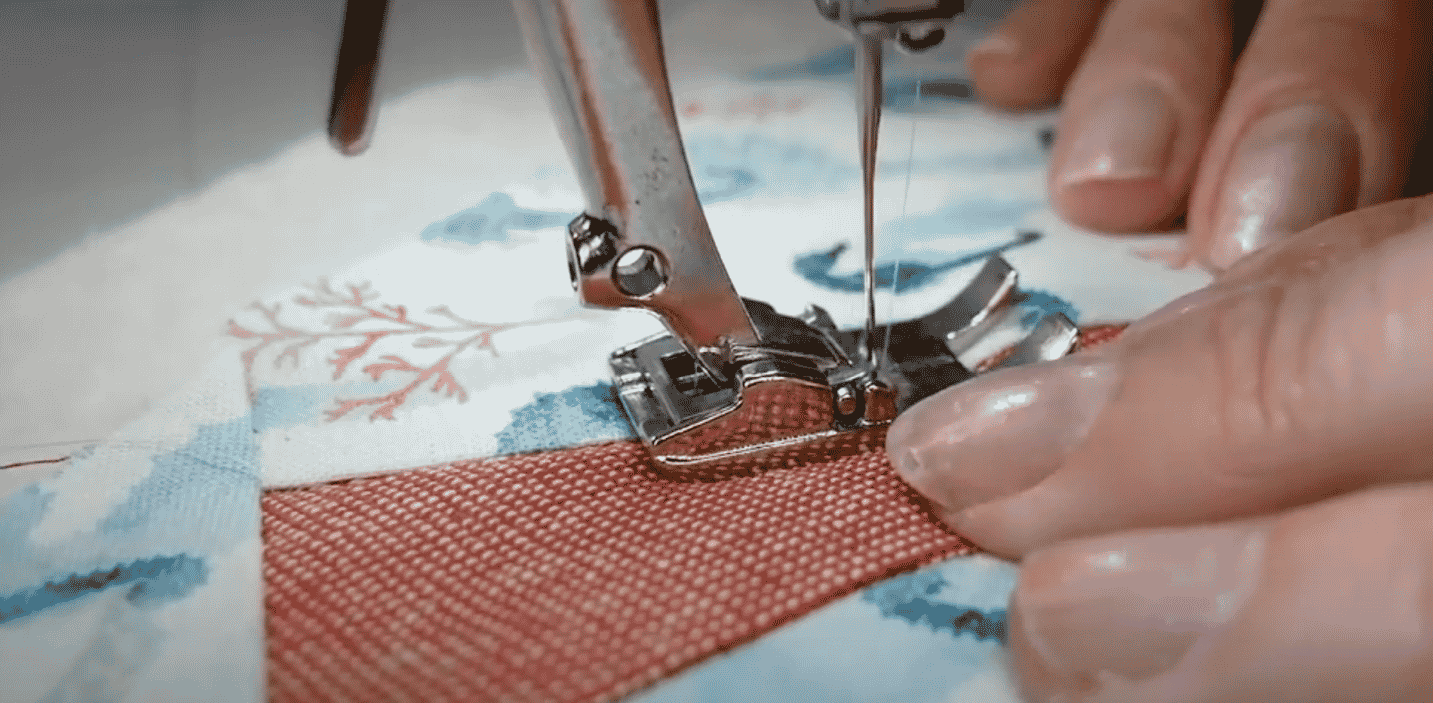
Don’t worry if you fall off your path a little, if you’re using the correct thread then it won’t even be visible.
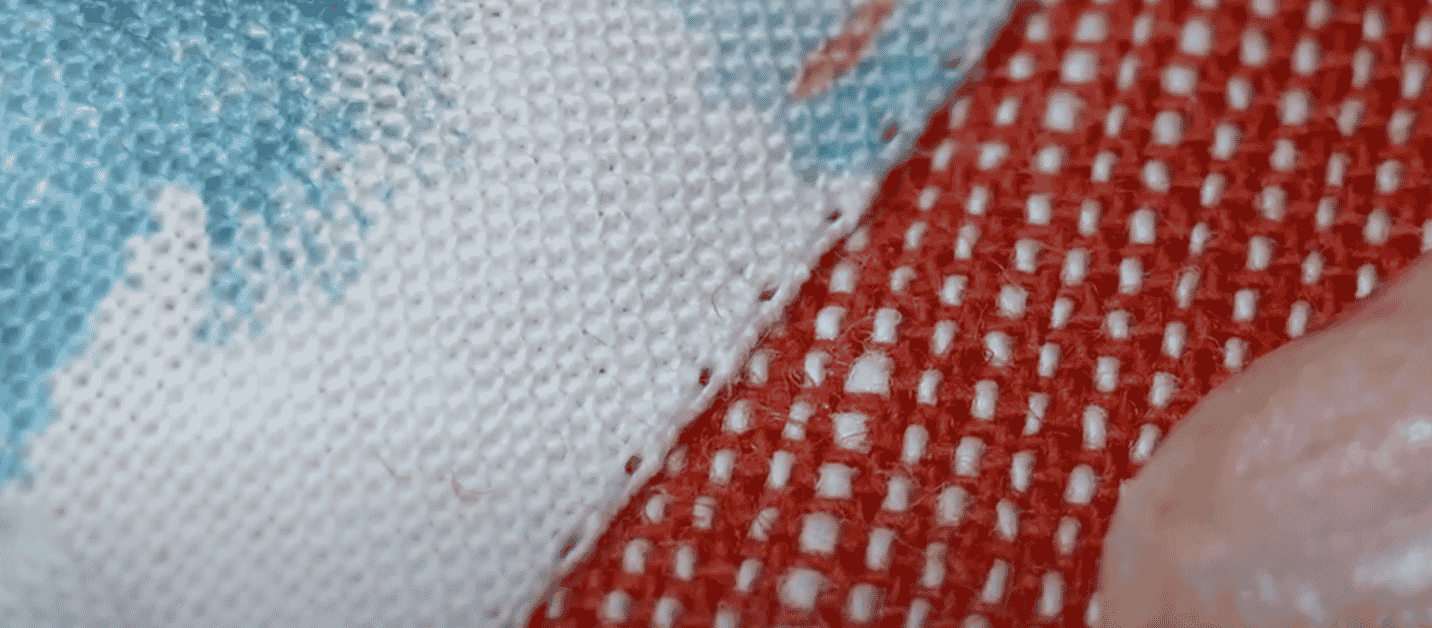
That’s actually all there is to it! Simply choosing the right tools for the job is the best way to get perfect results, even if it’s your first time trying this technique.
